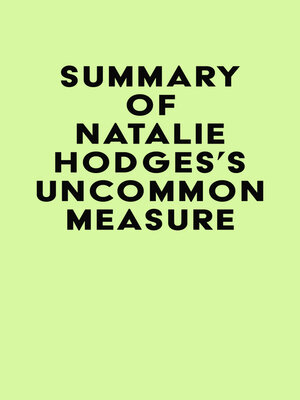
Sign up to save your library
With an OverDrive account, you can save your favorite libraries for at-a-glance information about availability. Find out more about OverDrive accounts.
Find this title in Libby, the library reading app by OverDrive.



Search for a digital library with this title
Title found at these libraries:
| Loading... |
Please note: This is a companion version & not the original book. Book Preview:
#1 The pattern of my failures on stage was that I would spend days, even weeks before the performance, thinking about a spot in the score that I knew I would mess up. It could be anything: a shift into the stratospheric reaches of the E string, a passage of rapid-fire sixteenth notes, or a finger-contorting pattern of double-stops.
#2 I had to play a piece called La Campanella, or The Little Bell, by Niccolò Paganini, in my senior year of high school. It was a studio class, and I was extremely nervous. I could play the piece at home, but I knew it would buckle under the pressure of the performance.
#3 The author's performance of Paganini's La Campanella was going well. He felt as if he were inside the music's time, in the heart of a tolling grandfather clock whose gears turned at an allegretto grazioso rate of six eighth notes to a bar.
#4 Music sculpts time. It is a structuring of time, a layered arrangement of audible temporal events. The most fundamental rhythm is the beat, which dictates the tempo and keeps musical time.






